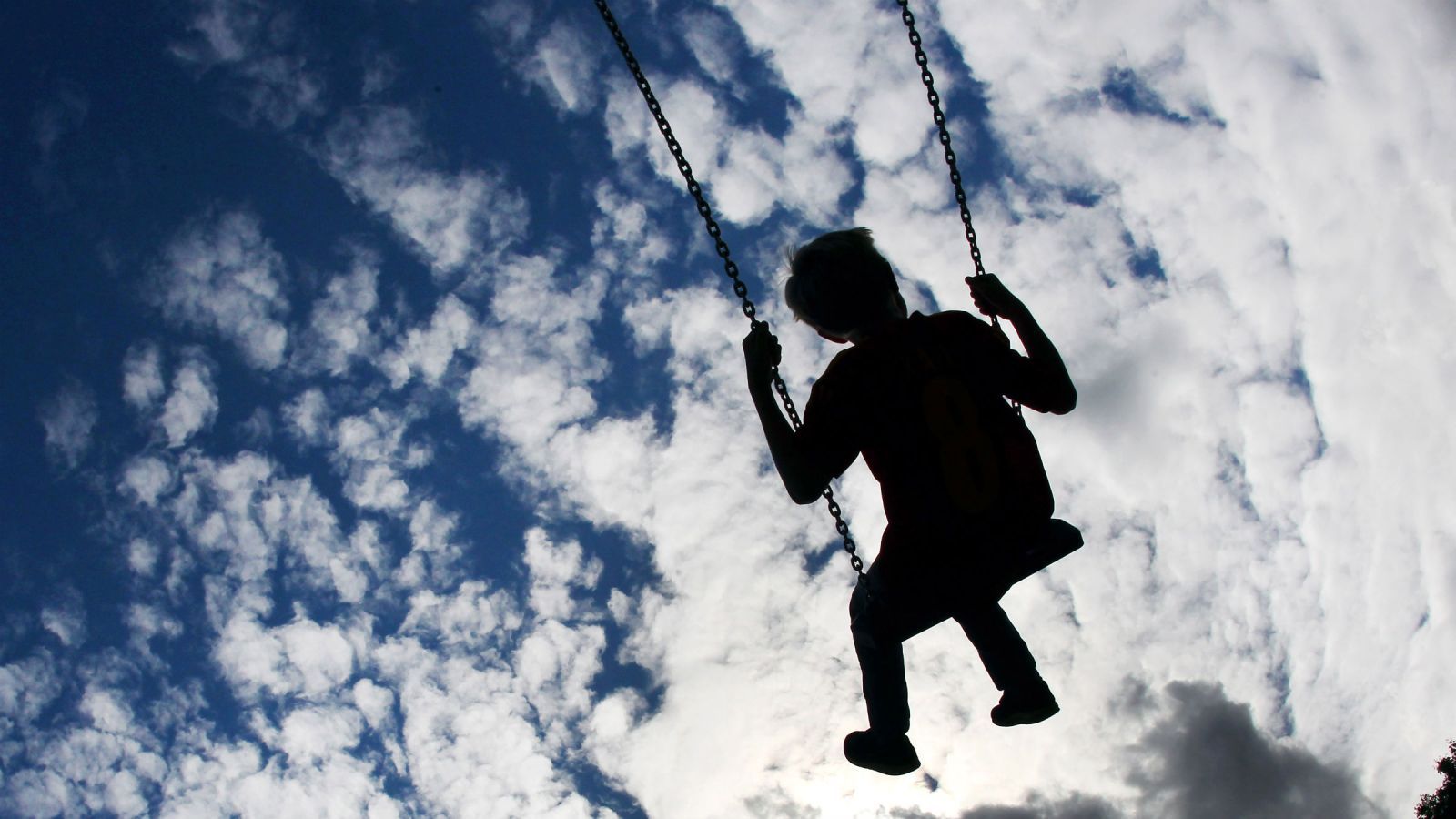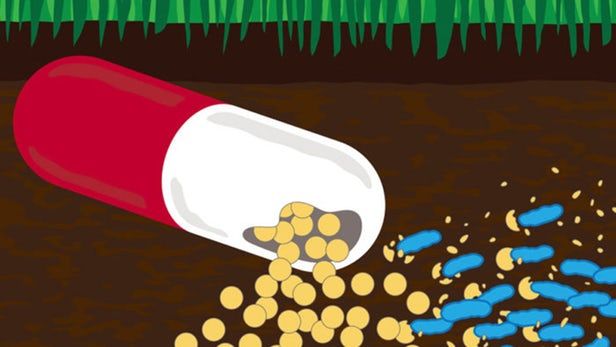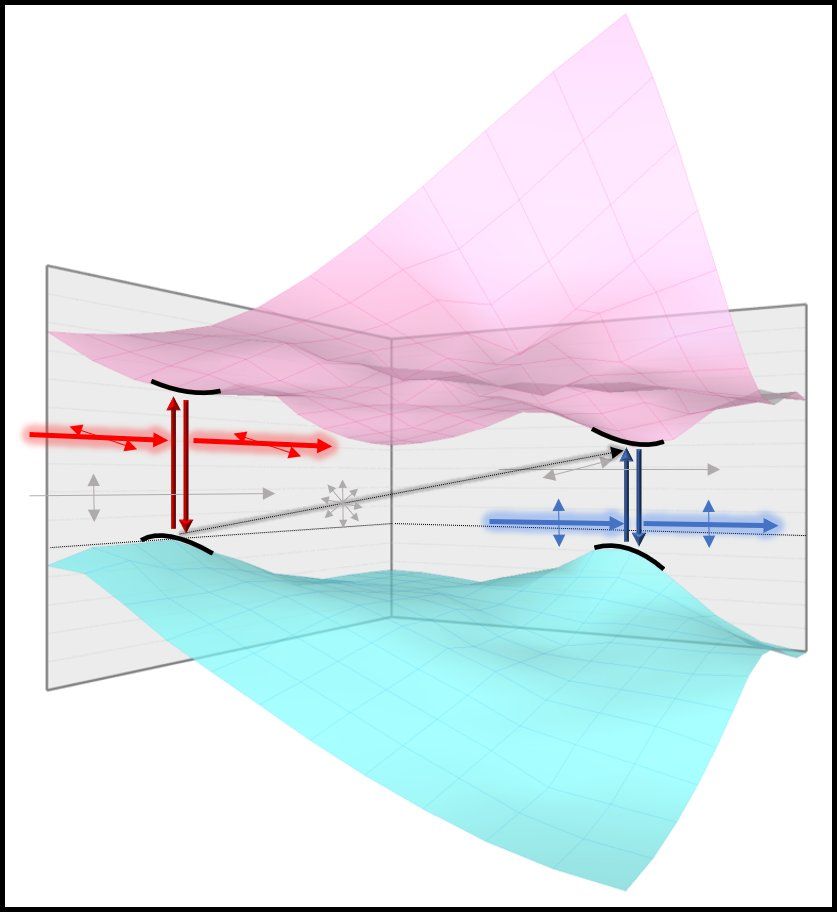No aliens yet, but we’ve learned a lot.
One year ago, Franck Marchis wrote an article about the remarkable discovery of the TRAPPIST-1 system. Here’s an update.

NASA wants to send a space submarine to Saturn’s largest moon in hopes that it will bring us one step closer to discovering alien life.
Follow Space Crafts for more!
Forget the trial and error — mathematics has proved where the best spot to place your router is.
Physicist Jason Cole has figured out a formula that can work out the best place to position your wireless router, and it ultimately depends on your house’s floor plan.
Cole started investigating the science behind router placement in an attempt to optimise his wifi signal.

From tunneling through impenetrable barriers to being in two places at the same time, the quantum world of atoms and particles is famously bizarre. Yet the strange properties of quantum mechanics are not mathematical quirks—they are real effects that have been seen in laboratories over and over.
One of the most iconic features of quantum mechanics is “entanglement”—describing particles that are mysteriously linked regardless of how far away from each other they are. Now three independent European research groups have managed to entangle not just a pair of particles, but separated clouds of thousands of atoms. They’ve also found a way to harness their technological potential.
When particles are entangled they share properties in a way that makes them dependent on each other, even when they are separated by large distances. Einstein famously called entanglement “spooky action at a distance,” as altering one particle in an entangled pair affects its twin instantaneously—no matter how far away it is.


As if it’s not bad enough that bacteria are increasingly becoming resistant to our best antibiotics – some bugs are even eating the drugs. An international team of scientists has now examined just how the bacteria disarm and consume the antibiotics as food, uncovering new potential ways to fight back against resistance.
Bacteria are evolving resistance to antibiotics at an alarming rate, thanks to overprescription and overuse. If left unchecked, reports suggest that by 2050 the so-called superbugs could be responsible for up to 10 million deaths a year, ushering in a new dark age of medicine where our drugs simply don’t work.
Adding insult to injury, some species of bacteria flaunt their resistance by actually chowing down on antibiotics. New research out of the Washington University School of Medicine in St. Louis has set out to examine just how the bacteria manage to do this.


What could go wrong?
If the world is going to end, why not have it be for a ridiculous, insane reason?
Like, say, building nuclear power plants on top of a barge and sending it floating up to the Arctic?
Well, that one’s real. If you wanted to panic now, we wouldn’t blame you.
On Saturday, Russia launched Akademik Lomonosov, the world’s first floating nuclear power plant, out of the St. Petersburg shipyard.

Research appearing today in Nature Communications finds useful new information-handling potential in samples of tin(II) sulfide (SnS), a candidate “valleytronics” transistor material that might one day enable chipmakers to pack more computing power onto microchips.
The research was led by Jie Yao of the Department of Energy’s Lawrence Berkeley National Laboratory (Berkeley Lab) and Shuren Lin of UC Berkeley’s Department of Materials Science and Engineering and included scientists from Singapore and China. Berkeley Lab’s Molecular Foundry, a DOE Office of Science user facility, contributed to the work.
For several decades, improvements in conventional transistor materials have been sufficient to sustain Moore’s Law — the historical pattern of microchip manufacturers packing more transistors (and thus more information storage and handling capacity) into a given volume of silicon. Today, however, chipmakers are concerned that they might soon reach the fundamental limits of conventional materials. If they can’t continue to pack more transistors into smaller spaces, they worry that Moore’s Law would break down, preventing future circuits from becoming smaller and more powerful than their predecessors.

Virtual reality is a gateway to powerful experiences. Strap on a pair of VR goggles, look around, and the scene you see will adjust, in real time, to match your gaze. But the technology is a visual one. Virtual reality doesn’t include touch, although there are controllers that provide “hand presence,” allowing you to manipulate objects in the virtual world, or shoot a simulated gun. So while VR today could simulate a Westworld -like setting, you’re not going to be actually feeling the hug of a cowboy-robot on your body while using any of the major platforms—at least not for a while.
The Force Jacket, a garment from Disney Research, aims to address that gap. Made out of a converted life jacket, the prototype uses embedded airbags that inflate, deflate, or even vibrate to literally give its wearer a feeling of being touched. When coupled with VR software, the setup can simulate something bizarre—a snake slithering on you—or more pedestrian: getting hit by a snowball. In brief, the sensation of touch you feel on your actual body can match what you see in a virtual one. (The device is the result of a research project, so these lifejacket-garments aren’t exactly on sale on Amazon. It’s also not the first research to focus on incorporating haptics into VR.)
“If you’ve experienced virtual reality or augmented reality, it’s largely based in this immersive visual world,” says Alexandra Delazio, the lead researcher on the jacket project and currently a research engineer at the University of Pittsburgh, where she works on technology for people with disabilities. “The real world is not just visual—it’s full of force and pressure-based interaction.” The goal of the jacket is to bring that sense of touch to the virtual world, or maybe even offer a way for someone far away to give you a hug.